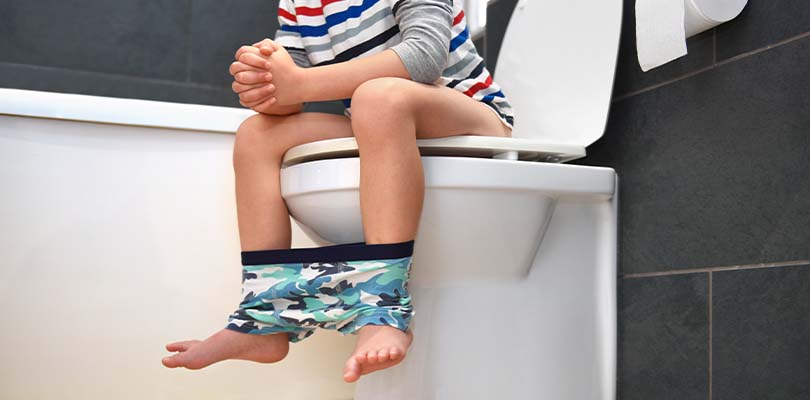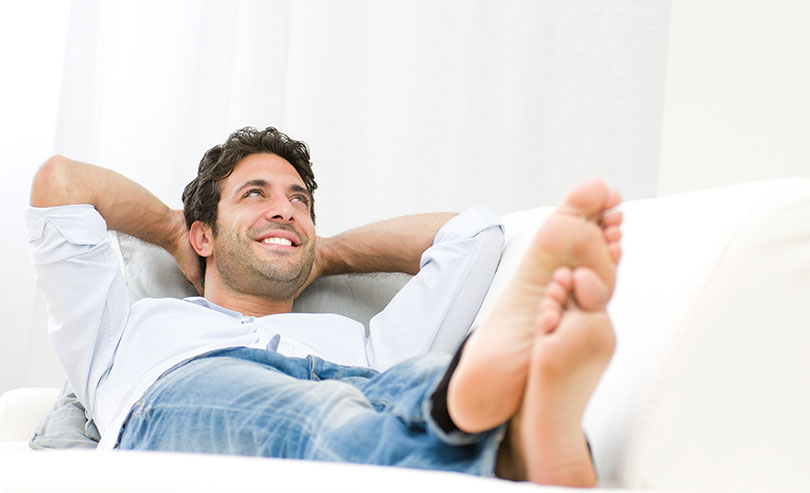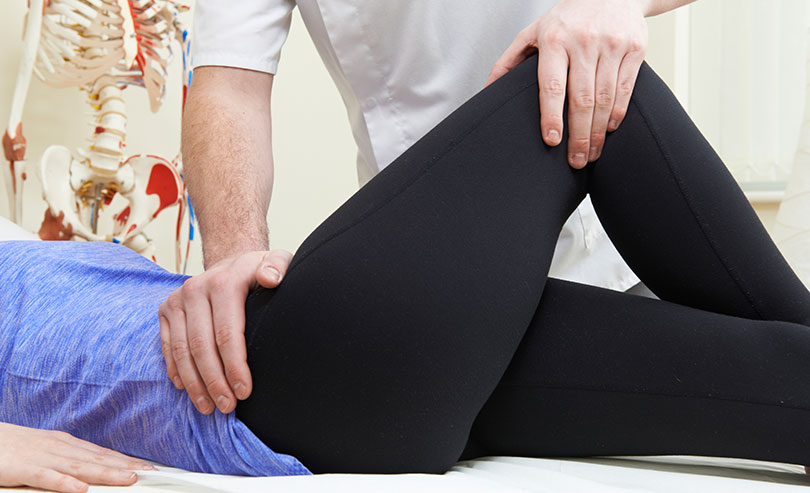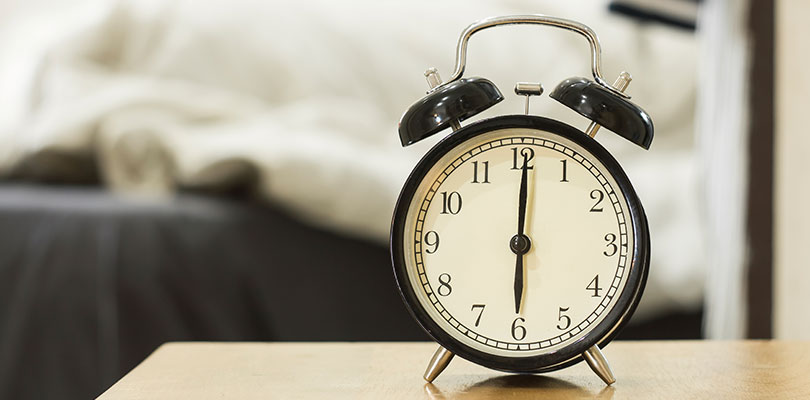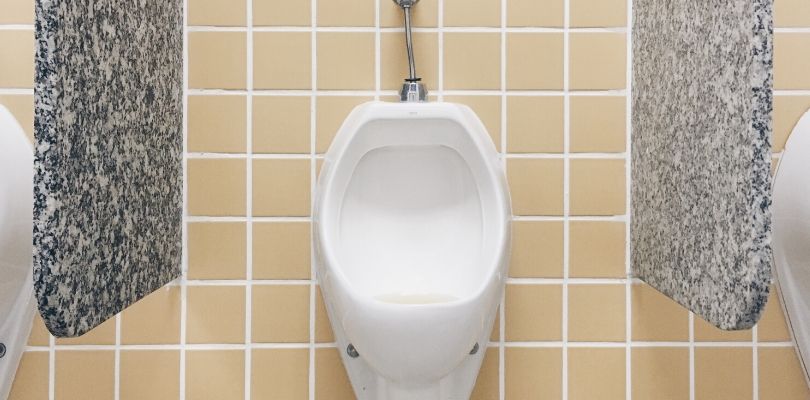Overactive Bladder Treatment
A bladder that doesn’t cooperate can be more than just annoying. From independence and comfort to social life and intimacy, your overactive bladder can begin to interfere with many aspects of your life and personality, and soon you may feel like you’re at the mercy of your urge to “go”.
Of course, that’s no way to live your life, and you shouldn’t suffer any more than already have. Fortunately, there are plenty of ways to get your bladder issues under control, and if self-care doesn’t bring the improvement you were hoping for, you can team up with your doctor to craft a more aggressive OAB treatment plan with a combination of these approaches.
1. Bladder Training
One of the first steps to a stronger bladder is physical strengthening, and that means getting in the habit of exercising your bladder every day. You may have heard of Kegel exercises – particularly useful for women after pregnancy – but these pelvic floor contractions are more helpful for stress incontinence than they are for urge incontinence (which comes with OAB).
Training exercises for overactive bladder are more passive, but just as targeted: you will set a “pee schedule” and stick with it, and when the urge to go comes along, you force your bladder to wait. It may sound dreadfully uncomfortable, but you’ll soon find that you are able to hold it for an extra minute, then a few minutes, and eventually an hour or more.
Overactive bladder in kids is fairly common, but it can be confused with bedwetting. Here's how to tell the difference and when to see a doctor.

